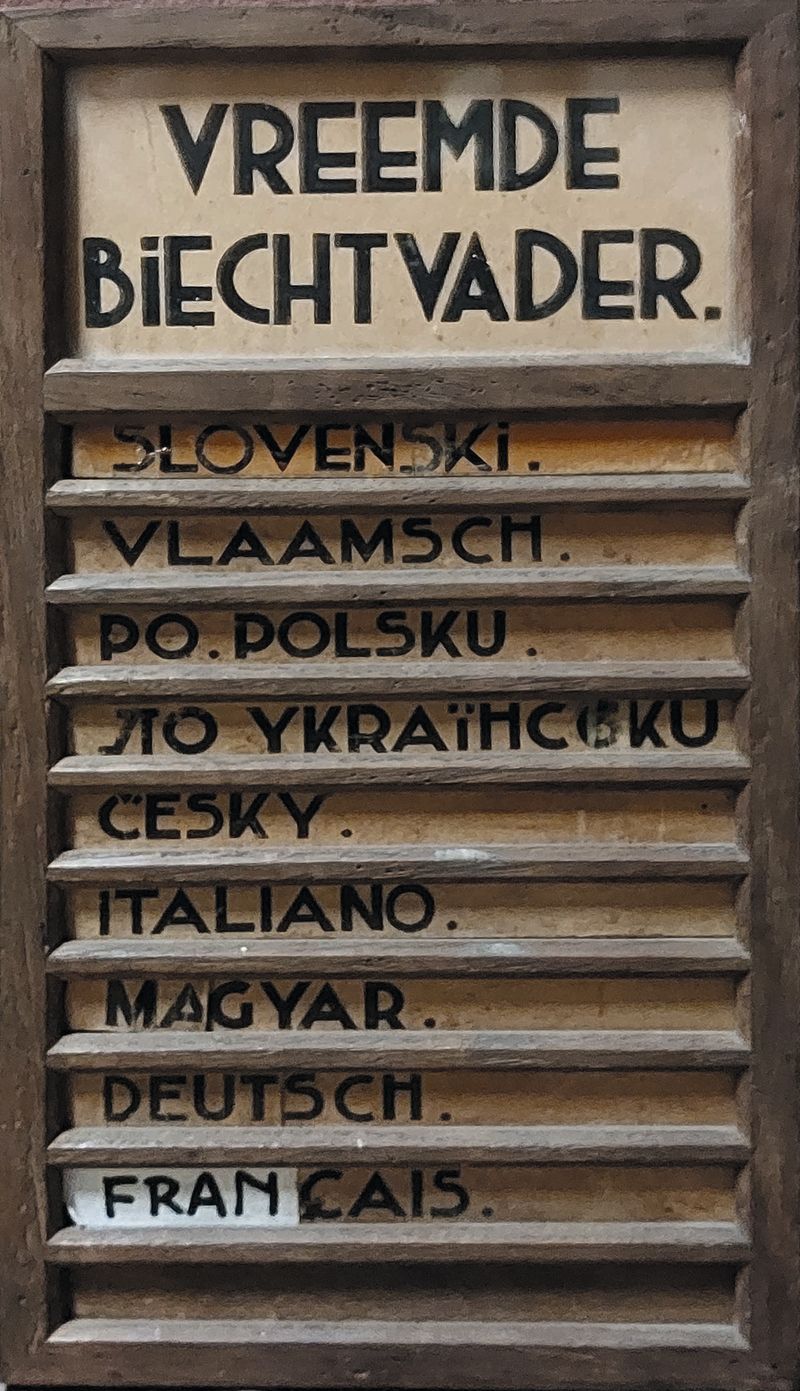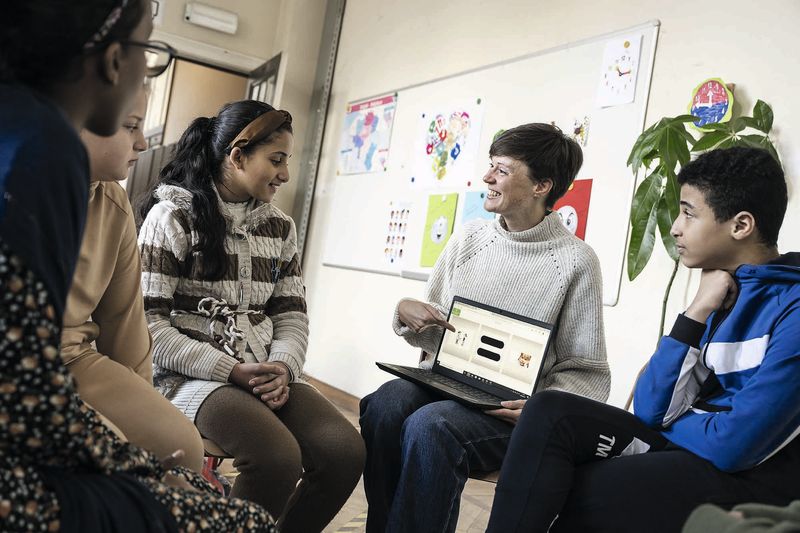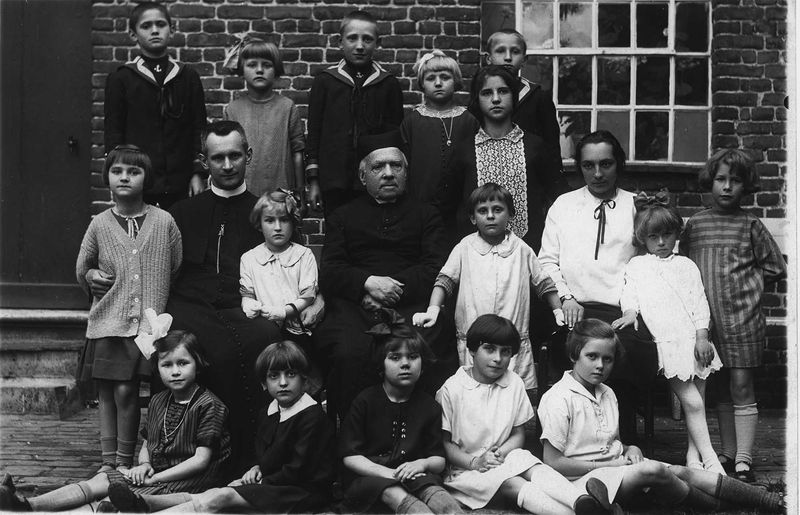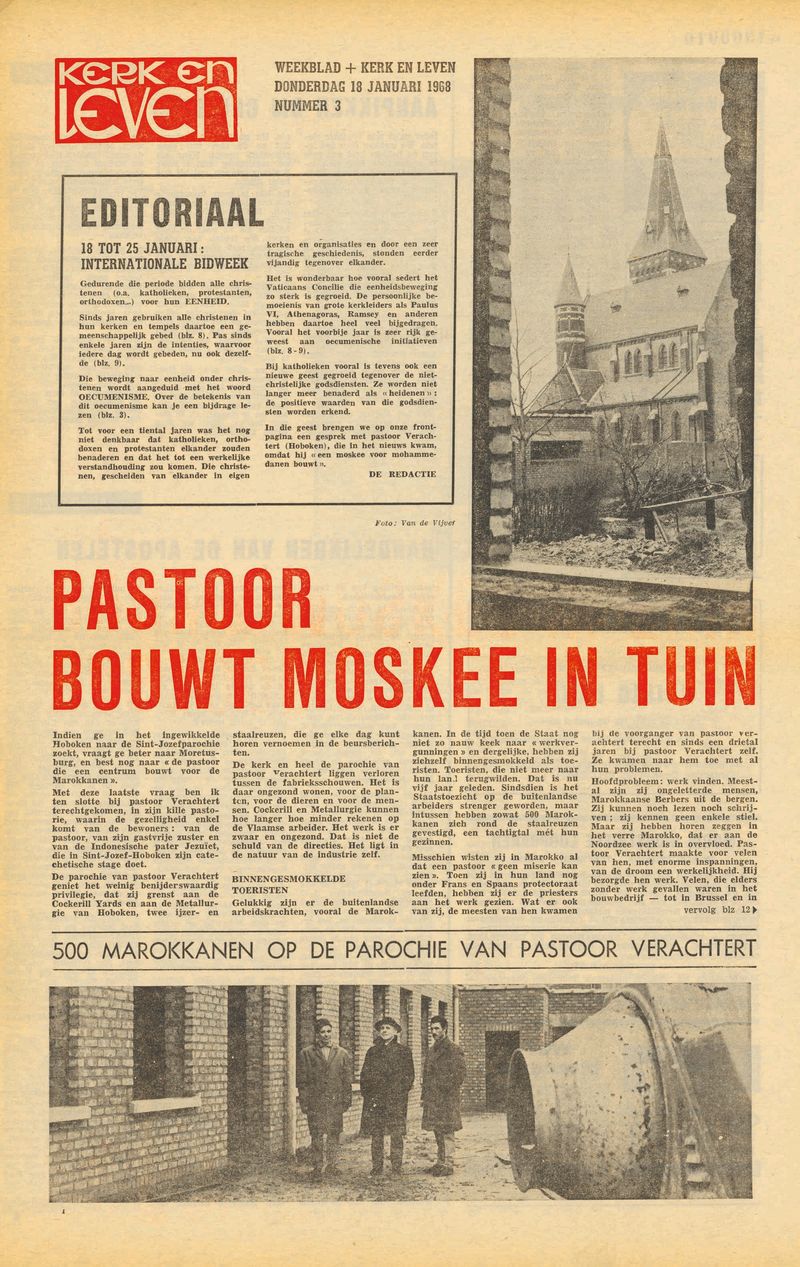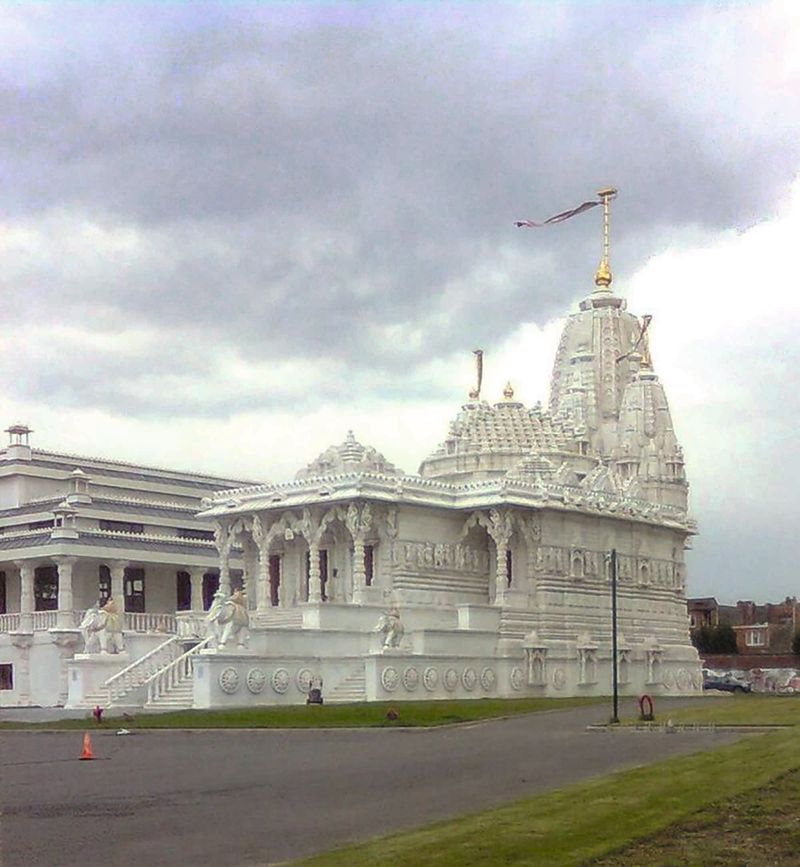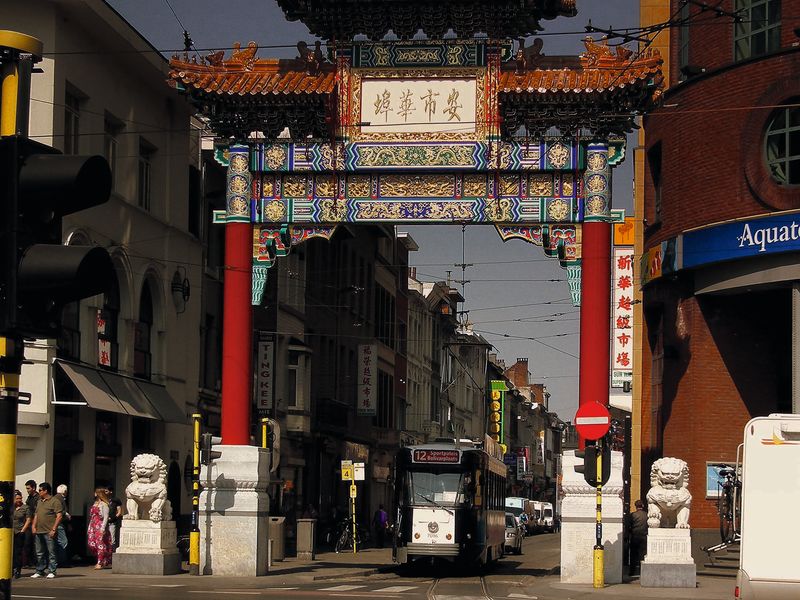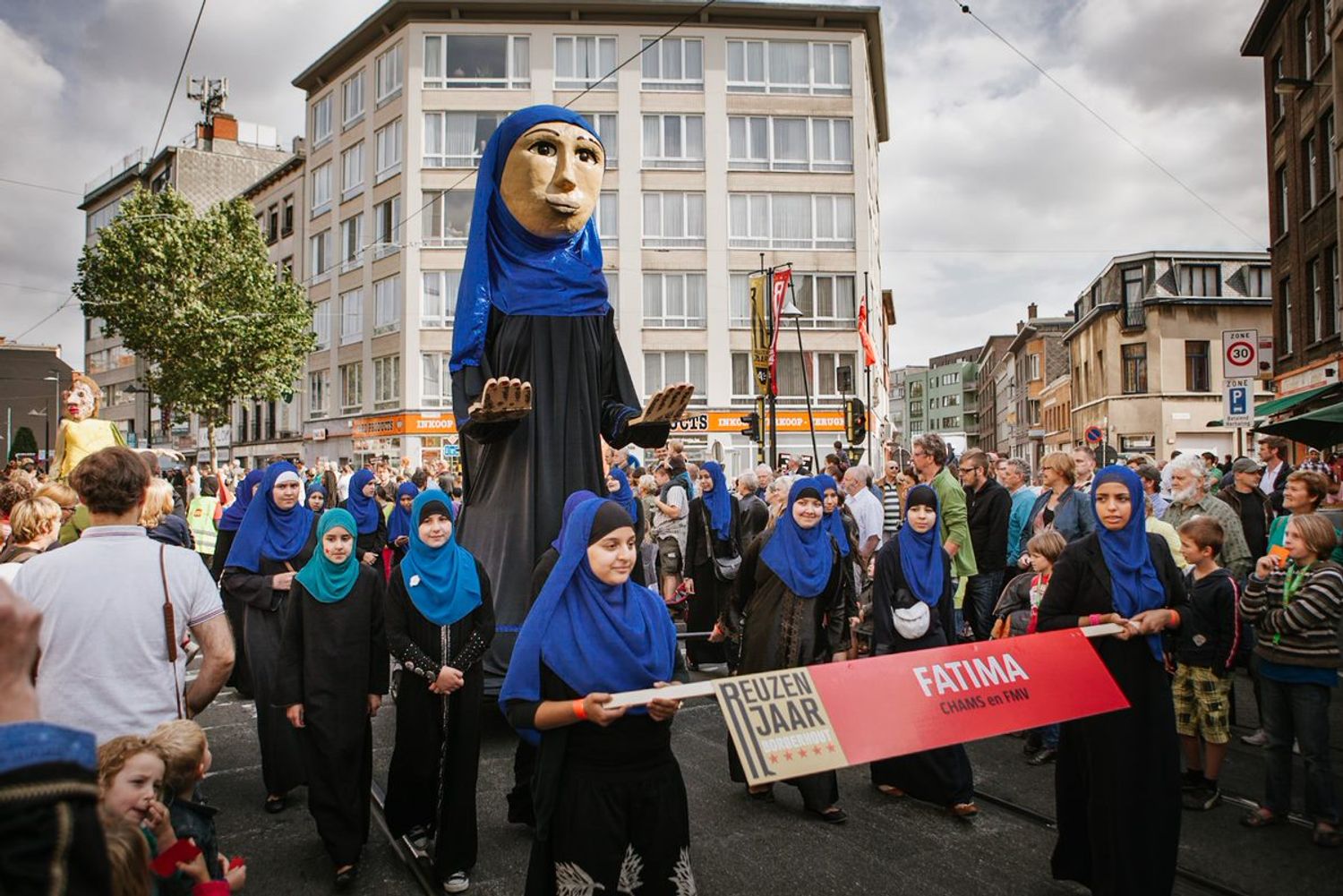
In 2012 giantess Fatima makes her entry along with many other new giants in the Giants’ parade in Borgerhout | Bert Stephani
The World in Flanders
Every year in the fourth week of September the giants of Borgerhout parade, surrounded by musicians and floats. Besides the four traditional figures nowadays the procession also accommodates new giants with various cultural backgrounds.
The procession of the giants of Borgerhout dates back to 1712. Then Giant, Giantess, Kinnebaba and Dolphin appeared as fixed characters in an annual parade through the streets. The tradition survived the French Revolution at the end of the 18th century because the French fitted the giants into the Republican festivities, but two hundred years later interest declined because of the unravelling of community life. By the end of the 20th century the event had lost all dynamism. The turning point came with the 300th anniversary in 2012. At that point various associations and ethnic-cultural communities joined the event with their own giants. The parade revived. In 2021 the Little Giants of Borgerhout welcomed Little Amal, a giant doll representing a Syrian refugee girl.
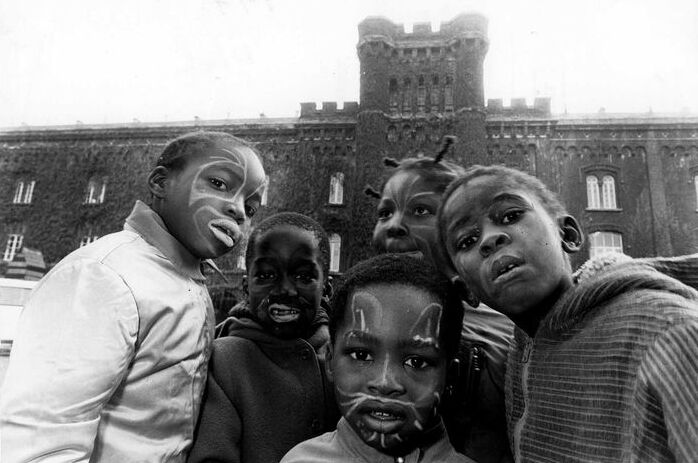
Ghent, Amsab-ISG, Philippe Dijkmans
Sinterklaas party for children in the Klein Kasteeltje in Brussels, 9 December 1989. The Klein Kasteeltje, a 19th-century army barracks, was after the Second World War the first acquaintance of many thousands of Belgians with military service. Since 1986 the Klein Kasteeltje has been a reception centre for refugees, making it both the largest and oldest reception centre in Belgium.
The world in Flanders
Peoples seldom form homogenous, closed communities. Their composition changes through mutual trading contacts and migration. Likewise, the low-lying areas on the North Sea were never an isolated piece of ground.
In the 19th century the population of Europe increased sharply. Until after the First World War Belgium was mainly an emigration country. More Belgians went abroad than foreigners arrived; Flanders particularly was an emigration region. After the Second World War, as result of economic growth, there was a need for labour. From 1945 to 1975 organised labour migration brought tens of thousands of migrants, mainly from countries around the Mediterranean, to our shores. Afterwards too the migration dynamic continued through family reunification, the free movement of people in a united Europe, international study programmes, refugees and people in search of a better existence.
Today Flanders is a super-diverse region. About one quarter of the 6,700,000 inhabitants of the Flemish Region has a foreign nationality or a migration background. For the whole of Belgium the figure is one third. Twenty percent of that group in Flanders originate from neighbouring countries, something over half come from countries outside the European Union. As a result of postwar labour migration many inhabitants have Italian, Moroccan or Turkish roots. In addition, Flanders has people originating from the almost 200 states in the world. In the big cities the diversity of the population has been apparent for much longer; meanwhile more and more people with a migration background are settling in rural municipalities.
Focal points
Discover more on this topic
Non-fiction
Vluchtelingenbeleid in de naoorlogse periode
VUBPress, 1992.
Dakira. 50 jaar Marokkaanse migratie
Federatie van Marokkaanse Verenigingen, 2014.
Turkije aan de Leie. 50 jaar migratie in Gent
Lannoo, 2014.
Ik kom van ver: verhalen van 43 vrouwen van over de hele wereld
Davidsfonds, 2013. (12+)
Geschiedenis van het eigen volk. De vreemdeling in België van de prehistorie tot nu
Kritak, 1993.
Nieuw België. Een migratiegeschiedenis
Lannoo, 2021.
‘On est là’. De eerste generatie Marokkaanse en Turkse migranten in Brussel 1964-1974
Garant, 2014.
In Brussel. Een reis door de wereld
Epo, 2012.
Fiction
Kif kif: nieuwe stemmen uit Vlaanderen
Meulenhoff/Manteau, 2006. (Verhalenbundel)
Rosie en Moussa
Querido (reeks kinderboeken, 7+)
Drarrie in de nacht
Vrijdag, 2014.
Vrouwland
Meulenhoff/Manteau, 2007.
Groetjes uit Vlaanderen
Prometheus, 2020.
Afrit 27: een documentaire over 50 jaar migratie
(2014)
Rosie en Moussa
(2018)
Bordspel – ‘This is not a game’
Met verhalen van vluchtelingen (Uitleenbaar via de openbare bibliotheek)

